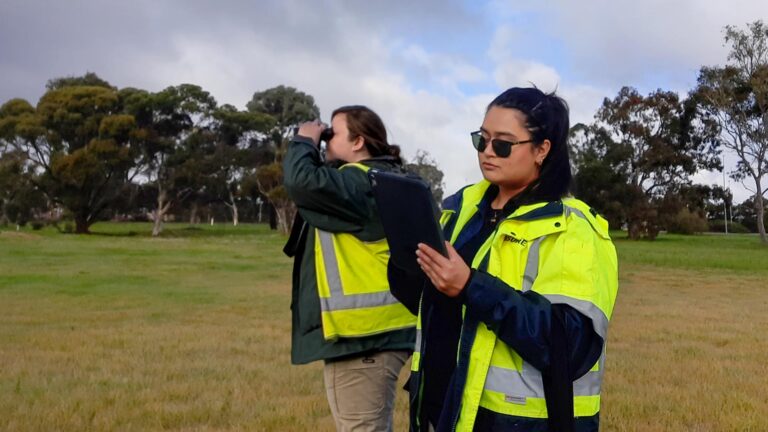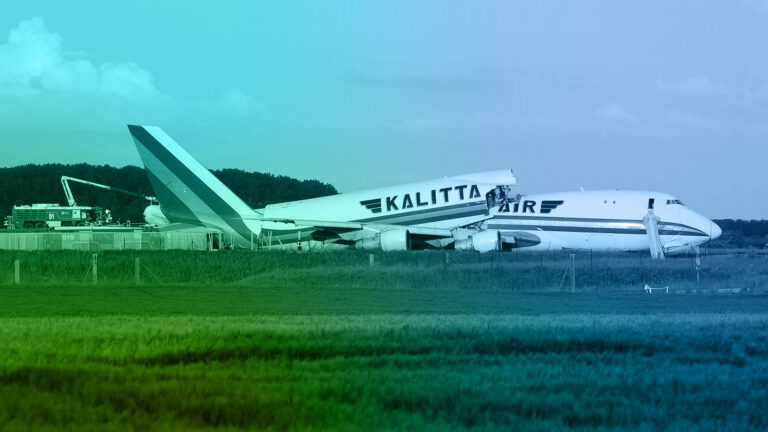A wonderful bird is the pelican, for its bill can hold more than its belly can.’ That pouched bill is the pelican’s distinctive feature, holding up to 13 litres of water.
The Australian pelican, (Pelecanus conspicillatus), is a large waterbird, weighing between 4.5 and 7.7kgs, and has the largest bill in the avian world, at between 34.5 and 50cm long. They frequent coastal and inland waters of Australia and New Guinea, as well as Fiji and parts of Indonesia. They are also described, rather disparagingly, as ‘vagrant in New Zealand’.
Although they cannot sustain flapping flight, they can remain in the air for 24 hours, soaring and using thermals to rise to considerable altitudes. Hot weather, as Australia experiences over summer, can therefore be problematic, with groups of pelicans taking advantage of the thermal air rising at speeds of between 200 and 400 feet per minute. Carried aloft by these thermals, pelicans can commonly reach altitudes of 1000m, and have been recorded as high as 3,000m.
They are also highly mobile. Pelicans can cover hundreds of kilometres in the hunt for suitable water and food. The widespread and heavy rainfall across Australia over 2021-22 took many thousands of pelicans inland, where they congregated in large breeding colonies, which could contain up to 40,000 birds.
Pelecanus conspicillatus
Weight: 4500–7700g
Length: 34.5–50cm
Wingspan: 2.3 to 2.6 m
Season varies, occurring in winter in tropical areas (north of 26°S) and spring in parts of southern Australia, depending on water availability.
However, with the Bureau of Meteorology’s predicted return of the El Niño weather pattern for the 2023-24 summer, bringing warmer and drier conditions and minimal rainfall, the pelicans may return to the coast in search of food and water.
Their size and soaring ability therefore make them a real hazard for aviation, especially airports in coastal environments and aircraft flying coastal routes.
In 2008, a Royal Australian Air Force F-111 fighter jet pilot learned this the hard way, when the aircraft suffered an engine failure after striking a pelican. The F-111 was cruising at 900 ft and about 500 kph off the northern NSW coast at Evans Head and managed to return to RAAF Amberley safely. An air commodore commented at the time that: ‘It’s a surprise thing at 3000ft to have a bird strike,’ he said. Not if you are sharing the sky with a soaring pelican. Sadly, the two RAAF pilots of an F-111 undertaking similar manoeuvres at Evans Head 31 years earlier, were not as lucky, both killed in a similar pelican strike.




